With the rapid expansion of network dependence in the contemporary world, the efficiency and reliability of data communication have become key determinants of success for organizations and the value they bring to their customers. In this blog, we look closer into Nokia’s DWDM solutions, particularly in deploying optical networks with the help of 1830 PSS and Alcatel Lucent technology. Dense Wavelength Division Multiplexing (DWDM) is one of the advanced optical networks whereby multiple data streams are transmitted in the same form but at different wavelengths on a single optical fiber. To resolve or work on such advanced solutions, the core objective can be stated as the technological context in which such network capacity, scalability, and reliability enhancement solutions are implemented. The deep elaboration will provide a logical sequence in which fundamental characteristics, their advantages, and ways of incorporating them into the optical networking solutions by Nokia will be presented.
What is the meaning of DWDM technology in Nokia’s terms?
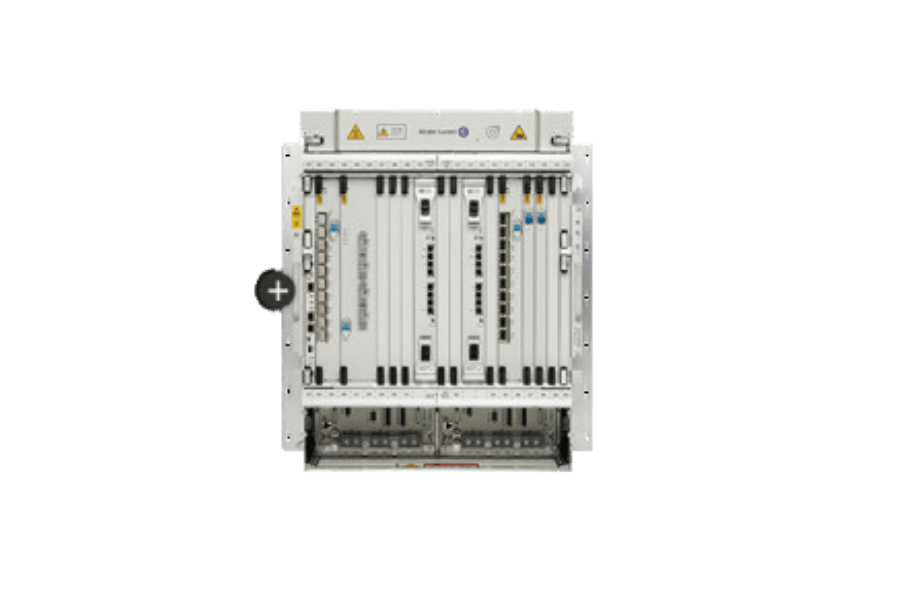
Nokia’s Lesson on DWDM
Nokia’s Dense Wavelength Division Multiplexing (DWDM) can be termed a complex optical networking solution that provides the maximum efficiency for data transmission. With DWDM technology, combining several narrowband signals in a single optical fiber makes it possible to use several light wavelengths to cover different data signals. This increases the network capacity without increasing infrastructure. This technique is especially useful for telecom operators and service providers who want to increase capacity without the higher cost. As such, Nokia has focused on providing high-performance DWDM solutions with both scalability and reliability. With an emphasis on large transmission distances and high data rates, Nokia DWDM systems are constructed upon 1830 Photonic Service Switch technology suitable for diverse domains such as metropolitan or extended networks that assist in maintaining connections and optimum data flow in an ever-growing digital space.
The Function of the Optical Networks: The New Way of Communication
In today’s communication systems, optical networks meet clientele’s needs in the best possible way by providing reliable and stable communications and delivering much information from one point to another. In general, a sharp increase in the number of applications and services can be handled by these technologies, such as DWDM and optical networks. Looking at this issue, I notice that various optical networking solutions can meet increasing bandwidth demands and expand global interconnection, especially at 1565nm. Nowadays, digital networks are optimal and reliable means for providing a high level of performance in everyday activity as well as in business communication. In my review, I note the use of advanced optical components and systems integration, which are essential for competition enhancement and technology development in the era in which we currently live.
How Nokia’s DWDM Improves Network Capability
Nokia’s Dense Wavelength Division Multiplexing (DWDM) technology improves network capabilities by transmitting various data simultaneously over a single optical fiber. This is accomplished by having different wavelengths (or colors) of laser light, each of which can communicate distinct data. One of the key elements of Nokia’s DWDM solution is the 1830 Photonic Service Switch, which facilitates bandwidth management more flexibly and enables high-speed data transfers, thereby increasing the amount of fiber infrastructure twofold. Such a method not only maximizes productivity and cuts down the amount of large-scale new infrastructure expenditures but also ensures greater adaptability, enabling networks to grow by increasing traffic patterns without any problems.
How Does the 1830 Photonic Service Switch Operate?
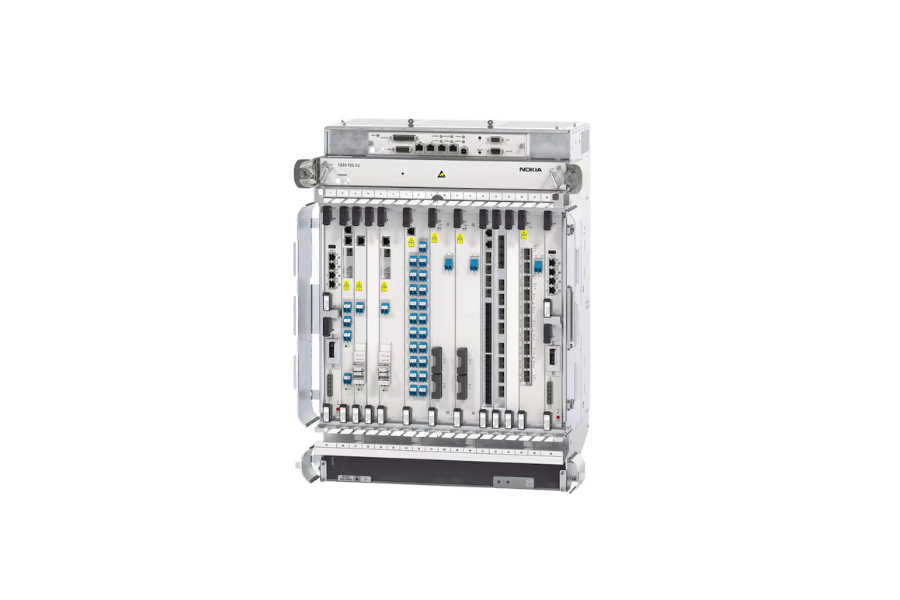
Looking Closer at the 1830 PSS Architecture
The 1830 Photonic Service Switch PSS architecture aims to enhance optical transport networks through its modular and reshapable structure. In particular, the 1830 PSS implements reconfigurable optical add-drop multiplexer ROADM technology, which allows the management and rerouting of wavelengths in real-time, thus improving network reliability and flexibility. The switch consists of functional supplements of various line cards, such as high-capacity transceivers and sophisticated signal processing to transfer signals over large distances. This architecture allows for great scalability of the platform and its easy upgrades to handle the increasing requirements of a growing network while maintaining an uninterrupted standard of service delivery.
Features and Benefits of the 1830 Photonic Service Switch
As the name suggests, this 1830 Photonic Service Switch consists of advanced features to boost the performance indicators of optical networks. In particular, the main features include a high level of modularity, allowing customization of the switch and expansion of this module as network requirements increase. One more advantage – the incorporation of ROADM technology – allows stronger wavelength management, which in turn improves the paths used in the network for data transfer. The application of high-capacity transceivers allows one to increase the availability of the bandwidth and lower the transfer times for data transfer over great distances.
The benefits derived from the 1830 PSS include expanding the network for more capacity and improving dependability, thus providing reliable service even during peak traffic. Because of its flexibility, it cuts operational costs due to fewer new infrastructure requirements with growing demand for data services. Moreover, by facilitating timely expansion, the 1830 PSS enables service providers to satisfy future data needs without diminishing performance standards.
Integration of Photonic Service Engines in Nokia’s Systems
Unaided integration of Photonic Service Engines (PSE) into Nokia’s systems is essential in improving overall performance and efficiency within optical networks. These engines enable maximized processing and management of signals with so many operations to be supported within a network. By using PSE technologies to construct its systems, Nokia can transmit high-quality signals even at far distances, hence resulting in higher data rates. PSE integration allows efficient dynamic wavelength routing and iconic and modular architectures to be taken up, enabling the network to be quickly expanded and adjusted to respond to current data centers’ demands. Moreover, the sophisticated functions performed by PSEs are responsible for improving latency and bandwidth efficiency, which are of utmost importance in ensuring that Nokia’s networks grow to accommodate demands accurately and reliably.
What Works Best In Optical Network Engineering Solutions?
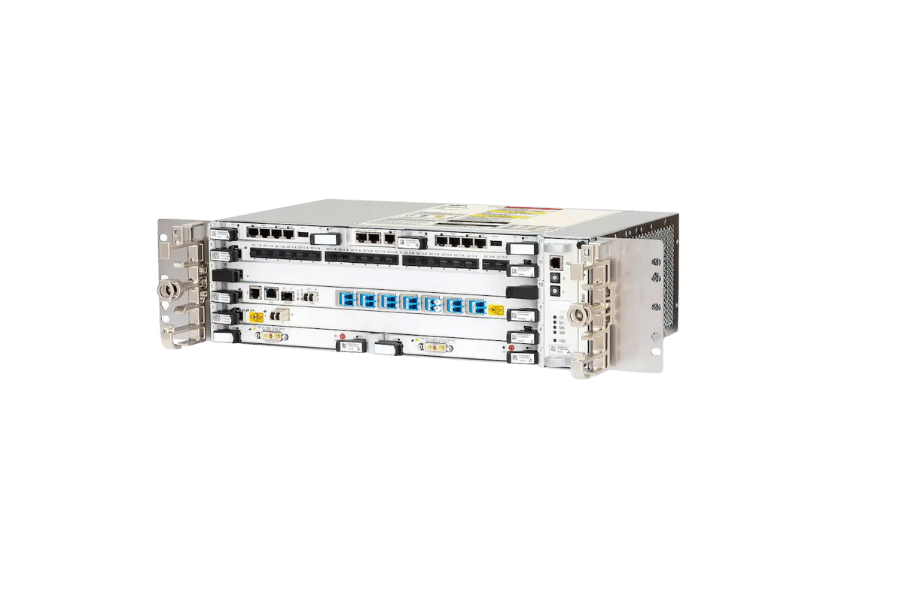
The Significance Of Scalable Architecture In Optical Network Solutions
Scalability and flexibility of architecture in optical network solutions are very important to handle new technological advancements and market needs. With scalable structure, network solutions do not require extensive hardware changes as data traffic grows, hence the reductions in operational costs and disruption of activities. Flexible architectures allow for independent performance of multiple configurations and application elements, so providers may quickly transition to offering new services or adopting new technologies. Such flexibility helps reduce outages and improve efficiency, thus enabling networks to operate effectively while delivering quick user and environmental change responses. Ultimately, such architectural properties are crucial in guaranteeing strong optical networks that can comfortably perform over 80km screening distances.
Harnessing WDM for The Future of the Internet
It’s common to have only a small number of Optical signals in a fiber line. This can be solved with Wavelength Division Multiplexing (WDM), which facilitates the separation of frequencies across channels to transmit multiple signals over a single optical fiber. Using Wavelength division multiplexing (WDM), up to millions of Optical channels can be implanted within a single Fiber Optical Cable. Most modern optical devices use WDM technology, which efficiently combines multiple data streams onto a single shared medium in a way that does not produce interference—Wavelength division multiplexing couples many wavelengths (optical signals) within a couple of fiber strands. Wavelength-division multiplexing allows the construction of highly economical networks while providing users with diverse services as the bandwidth of the internet grows and speeds improve.
Optical Diagnostics and Network Optimization
The process involves OTDR usage and is vital in ensuring that fibre optic networks operate within their designed parameters. These diagnostics procedures are large and involve several technologies and methodologies, such as OTDR, which is meant to monitor, test, and analyze optical networks’ physical and operational issues. Such faults can be caused by signal attenuation and reflection or dispersion, and network operators can take action to remedy them before they affect the quality of services. On the other hand, network optimization is concerned with altering certain network parameters and configurations to achieve high performance. Other methods include but are not limited to automatic power balancing, adaptive modulation, and dynamic wavelength allocation to improve efficiency and reduce delays in processes. Because of the optical diagnostics and network optimization, the optical infrastructure remains strong, flexible, and ready for any increasing amount of data.
How do you install and manage DWDM networks effectively?
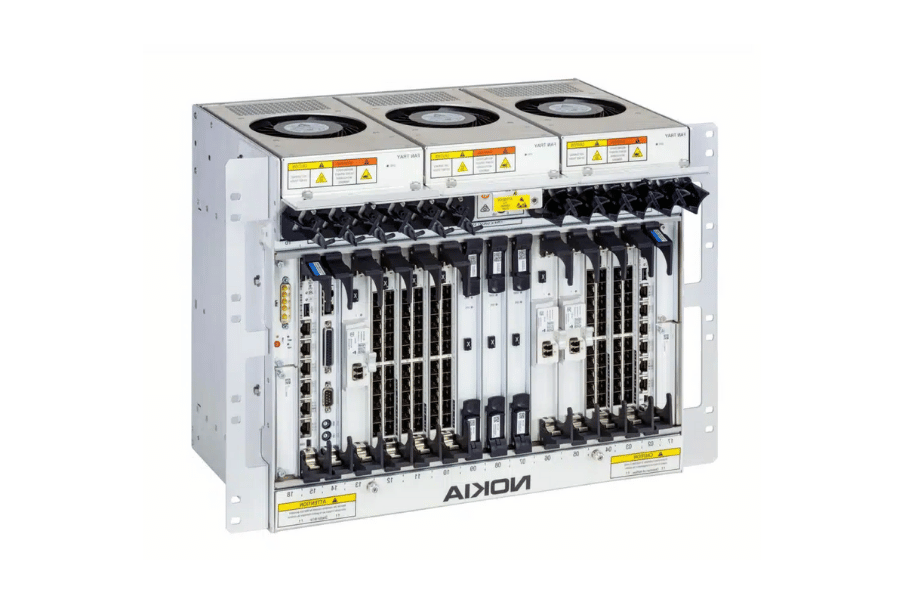
Steps for Successful Deployment of DWDM Networks
- Assessment and Planning: Participate actively in evaluating the existing network and future growth prospects. Access important sites, anticipated bandwidth, and future development so that the DWDM network can be constructed appropriately.
- Designing the Network Architecture: Generate an overall design of the DWDM network architecture, including physical configuration, routes of the optical fibers, and locations of nodes. Make certain that the design is adequate to allow for redundancy and faults to improve reliability.
- Selecting Compatible Equipment: Identify the appropriate optical components and transponders that meet the technical specifications of the DWDM network design. Integrate with existing systems and comply with industry standards to ease installation.
- Implementation of Infrastructure: Implement the design by installing the optical fibers and other hardware components. Observe relevant procedures during installation to avoid signal degradation and other physical damages.
- Configuration and Testing: Prepare the DWDM hardware, including setting devices for channels and wavelengths. Focus on intensive testing to guarantee signal integrity and latency throughout the system while also examining the performance objectives outlined.
- Protocols for Maintenance and Monitoring: Develop an automatic and continuous monitoring system that utilizes optical diagnostic tools, among other things, to assess retrievable networks’ performance. Develop maintenance strategies and schedules to repair problems expeditiously, thereby maintaining the DWDM network’s efficiency and dependability over time.
Optimizing The Network Capacity DWDM
A few other ways to optimize network capacity with Dense Wavelength Division Multiplexing (DWDM) would be to increase the number of wavelengths per fiber as well as employ advanced modulation methods. This allows a large amount of data to be sent simultaneously – thus increasing the network’s bandwidth without requiring more physical infrastructure. In addition, dynamic wavelength assignment and traffic engineering solutions can improve performance and cope with temporal fluctuations in data load, optimizing the use of these resources. Periodic regulatory modifications in the network layout and the use of response mechanisms are also practices that would help enhance optimal network performance regarding changes in network characteristics.
Deployment of Coherent Optics in Data Centers
Coherent optics technology is becoming more common in data centers to meet high data rates and data transmission requirements. This type of technology utilizes improved signal processing techniques that allow sending information over a great distance with less signal loss. Efficient application of the existing fiber plant is possible due to coherent optics because of the higher data rate per channel and utilization of DWDM. In particular, there are gains in spectral efficiency, such as greater resistance to signal degradation and the ability to change modulation formats automatically depending on the network conditions. Coherent optics have been proven to meet the greatest data capacity and scalability while significantly improving the network’s performance in data centers.
Why Pick Nokia’s Optical Solutions?
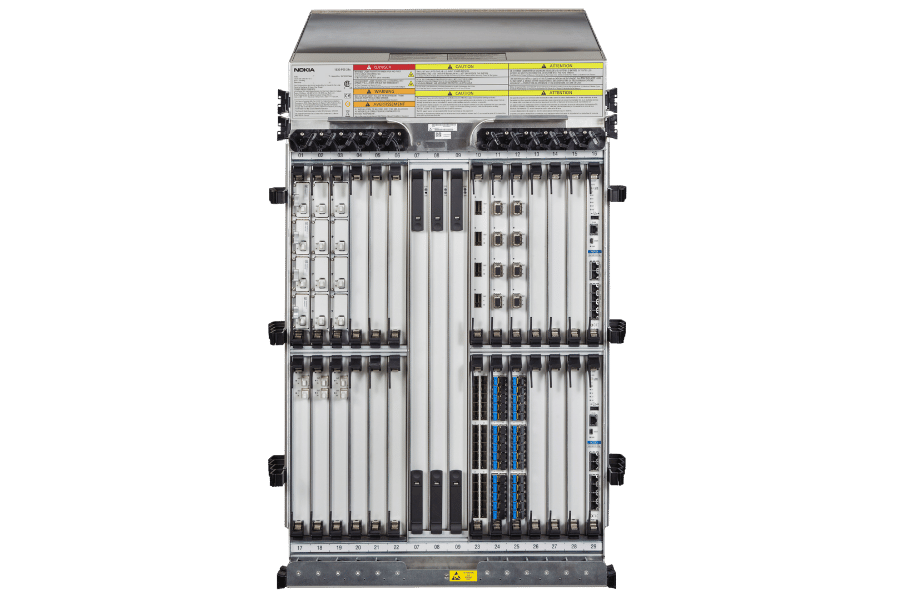
Nokia Solutions vs. Alcatel Lucent Line Systems in a Track
One of the key benefits of Nokia systems is the efficient and scalable integration of the latest technologies, the primary objective of which is to strengthen the network. For instance, in contrast to Alcatel-Lucent line systems, incorporating coherent optics into Nokia’s design provides a significant competitive edge regarding spectral efficiency and the ability to dynamically adapt to diverse network environments. In addition, Nokia provides complete end-to-end services and built-in advanced traffic management and automation aimed at increasing the efficiency of operations and lowering the cost of operations. While Alcatel-Lucent systems are strong structures, probably, the Lucent system does not integrally possess the futuristic technologies, as is the case with Nokia certain requirements due to the ready availability of higher data rates demand and the necessity of more effective network management approaches. The use of resources can be optimized better, the impact of network failures will be less, and a good foundation for developing new technologies will be created.
Advantages of Nokia’s 1830 PSS Family
The configuration of Nokia’s Photonic PSS switches has many advantages tailored to modern network centers’ current and emerging demands. First and foremost, it requests a highly flexible architecture that enables dynamic reconfiguration, which is key against variable traffic patterns. The 1830 PSS family is designed to optimize wavelength utilization with features like wavelength-selective switching and advanced ROADM (reconfigurable optical add-drop multiplexer) capabilities. They guarantee effective traffic control and increased spectral efficiency. Moreover, Nokia’s solutions come with enhanced automation and real-time network analytics, which enable proactive strategies, thus reducing the risks of interruptions. The modular construction makes it easy to implement additional capacity as the network expands, making it an excellent option for increasing networks. With these capabilities, Nokia’s 1830 PSS gives a reliable and adaptable solution to cope with the existing networking needs and the future.
How can Nokia’s DWDM Solutions Enhance your Network’s Capabilities?
One way to change the way the complex infrastructure network of telecommunication can be transformed is through the implementation of Dense Wavelength Division Multiplexing (DWDM) technology, which is offered by Nokia. By using this DWDM technique, multiple data signals can be carried over the same fiber simultaneously, hence increasing bandwidth without adding physical infrastructure. This not only boosts data transfer but also makes more efficient use of the already installed fiber. Such infrastructures have many advantages, including efficiency and cost-effectiveness, since they have automation and intelligence built right into the network structure, allowing for incremental self-optimizing of the telecommunications system. This combination of different technologies enables low latency and makes a network resource very efficient, improving the whole network’s performance. Furthermore, these kinds of Nokia’s DWDM systems’ Scalability features provide various kinds of growth trajectories making sure that networks are ready for future expansion and progressive technology demands. The application of these cutting-edge technologies helps in smooth transitions between networks, thus aiding OWF in achieving modern and robust advanced networking with the help of Nokia’s DWDM solutions.
Reference Sources
Wavelength-division multiplexing
Frequently Asked Questions (FAQs)
Q: What are the key features of Nokia’s 1830 PSS platform for DWDM solutions?
A: Regarding Nokia’s platform features, it is worth mentioning that 1830 PSS enables one of the best WDW solutions on the market. It has several features for growing capacity demand, including C+L band support, coherent transponders, fully meshed packet transport, and port expansion. It uses advanced technology to deploy more Cost-effective and power-efficient optical networking solutions for Telco or Enterprise customers.
Q: How does Nokia’s DWDM solution increase capacity on the particular single-mode fiber optic cable infrastructure?
A: Capacity increases on a single-mode fiber (SMF) backbone network due to the usage of technologies such as C+L band transmission, which enhances the spectral efficiency beyond the C band. Together with high-capacity coherent transponders, this allows operators to scale their networks cost-effectively to meet increasing demand without installing new fiber.
Q: What is recent news and communication regarding Nokia’s optical networking solutions?
A: Nokia has recently made some updates to its optical networking portfolio as one of its commitments to provide quality of our products. Recently introduced coherent transponders with the ability to support up to 800G per wavelength, upgraded design of 1830 PSS platform to improve performance and energy usage, and expanded their DCI (Data Center Interconnect) solutions. For up-to-date information, refer to Nokia’s official website, press release, or any other recent material available on the internet.
Q: In what ways can Nokia’s 1830 PSS handle various architectures and applications of networks?
A: Nokia’s 1830 PSS platform can deploy several applications and distinct network architecture styles. It provides long-haul, metro, and DCI network solutions. It is embedded in the platform P-OTN (Packet Optical Transport Network), which is optimized to model different types of traffic, such as ethernet and OTN. It also features a flexible grid technology that enables efficient wavelength routing.
Q: Yamaudio’s DWDM solutions: What are its overall evolution phases?
A: The phases are the launch of the 1830 PSS platform, the development of high-capacity coherent transponders, the C+L band technology, and ongoing enhancements of power consumption and spectral efficiency, among others. Also, Nokia has made major progress on the five G transport, cloud-scale inter datacentre interconnect, and metro aggregation networks, especially on the Nokia 1830 PSS platform.
Q: Communicore, when you deal with Nokias Solutions and many other vendors’ products, how do you and Nokia ensure that you get good-quality products?
A: It is the combination of their innovative nature, intensive testing and standards, and continuous improvements. Their optical networking products are crafted in a fashion compliant with logical multi-source agreements and international standards. Nokia also spends a lot on R&D so that it remains competitive in the optical space, which translates to high-quality products and solutions.
Q: What interfaces and connectors do Nokia DWDM equipment support?
A: In the case of Nokia’s DWDM equipment, many interfaces, connectors, and other mechanisms are provided, enabling integration to different network elements. These include standard optical interfaces such as SFP and SFP+and more complex interfaces designed for coherent transmission. Types of connectors, such as LC connectors, are supported. The equipment also has electric interfaces that offer client connections and support different Ethernet rates for mobile and fixed network applications.
Q: How does Nokia manage the increasing capacity requirements in optical networks?
A: There are ways that Nokia’s approach to address capacity limitations in optical networks includes some of the following. There is also the construction of coherent transponders, which have a high capacity of over 800G per wavelength, optimizing the C and L band technology to increase the optical spectrum usage and deploying flexible grid technology to utilize the available bandwidth capacity better. Also, Nokia’s technologies are consistent with more sophisticated formats of modulation as well as advanced techniques of forward error correction to enhance capacity over already existing fiber optic infrastructure.
